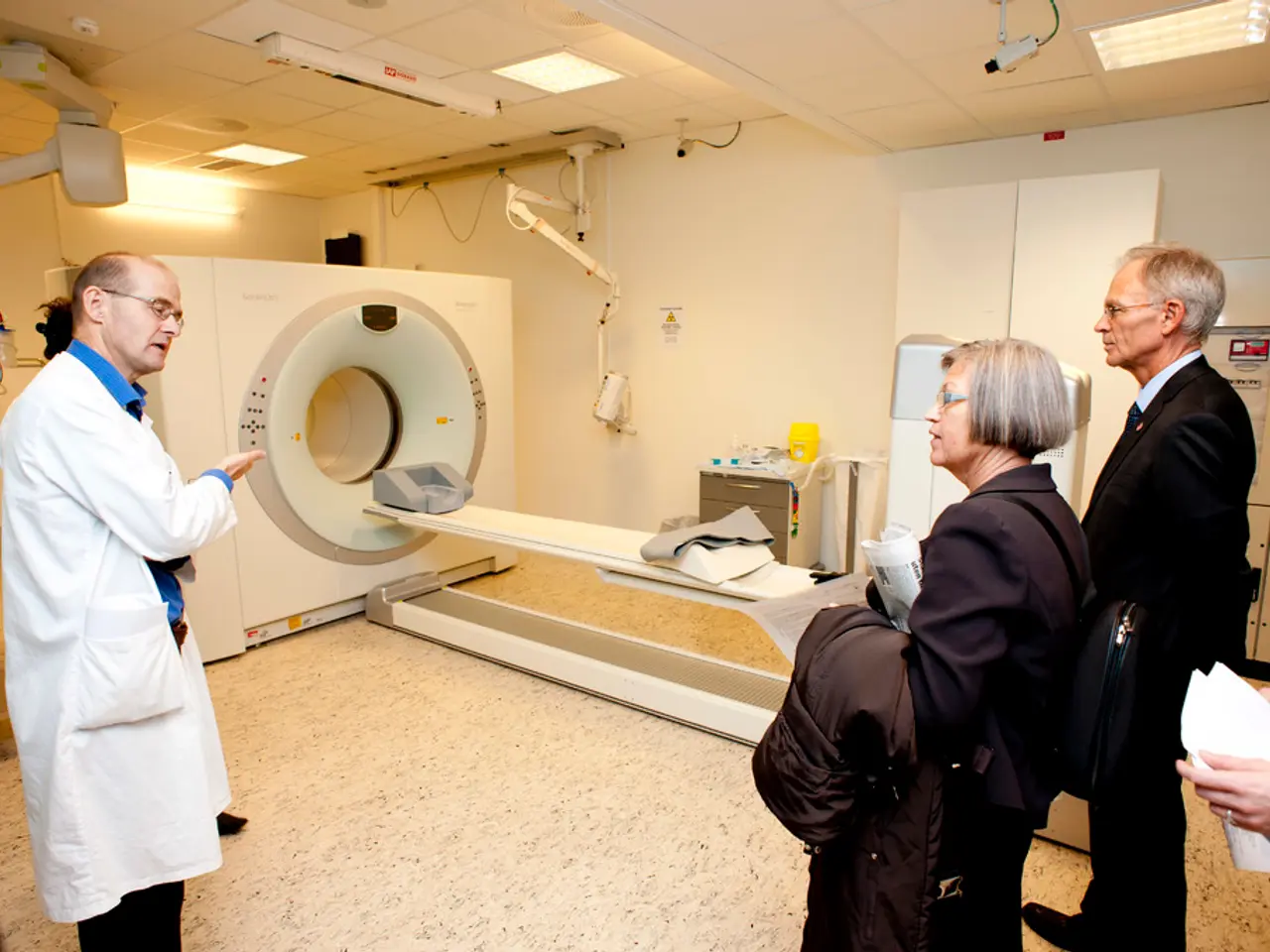Overseeing Interaction with Humanity: Balancing the Morality in AI Application within the Healthcare Sector
=============================================================================
In a bid to ensure that Artificial Intelligence (AI) medical devices are developed and used ethically, a task force of the Society for Nuclear Medicine and Medical Imaging, led by Dr. Jonathan Herington, has published a series of recommendations. These recommendations, published in two papers titled "Ethical Considerations for Artificial Intelligence in Medical Imaging: Deployment and Governance" and "Ethical Considerations for Artificial Intelligence in Medical Imaging: Data Collection, Development, and Evaluation", call for transparency, accessibility, and calibration for diverse populations.
The task force highlights the current issue of AI medical devices being trained on datasets with underrepresentation of Latino and Black patients, making them less likely to make accurate predictions for these groups. To address this, developers must calibrate their AI models for all racial and gender groups by training them with diverse datasets.
Transparency is a key principle in the ethical development of AI medical devices. This includes transparent data governance, clear patient consent, data anonymization, and documentation of data sources at the data collection stage. Developers should also disclose labeling standards for AI-powered medical devices to inform users about the AI's capabilities, limitations, and intended clinical settings. The interpretability of AI algorithms should also be provided so that stakeholders, including clinicians and patients, understand how decisions are made.
Accessibility is another important factor. AI medical devices should be designed to be usable in varied clinical environments and reflect the socio-economic, geographic, and demographic diversity of healthcare recipients. Barriers to access should be addressed by ensuring AI medical devices are equitably available to public, private, and third-party healthcare settings.
To ensure AI medical devices are useful and accurate in all contexts of deployment, developers must identify and mitigate sources of bias linked to sensitive attributes such as ethnicity, age, sex, socioeconomic status, and medical conditions. Fairness frameworks should be used to aim for consistent performance across demographic subgroups, minimizing disparities even if perfect fairness is unattainable.
The task force also recommends ongoing validation of AI models post-deployment using real-world diverse patient data to monitor and recalibrate performance as needed. Interdisciplinary teams with expertise beyond medicine, such as ethics, social science, and epidemiology, should be involved to fully understand and address downstream impacts of algorithms.
Additional ethical safeguards include mandatory clinical safety risk assessments per healthcare standards, ongoing ethical evaluation post-deployment, and designing AI systems that respect patient autonomy and privacy throughout.
The recommendations for ethical AI medical device development and use, initially focused on nuclear medicine and medical imaging, can and should be applied to AI medical devices broadly. The task force also outlined ways to ensure all people have access to AI medical devices regardless of their race, ethnicity, gender, or wealth.
AI medical devices should be tested in "silent trials", meaning their performance would be evaluated by researchers on real patients in real time, but their predictions would not be available to the health care provider or applied to clinical decision making. This approach would help ensure that the AI's predictions are accurate and unbiased before they are used in clinical settings.
In conclusion, the ethical development and use of AI medical devices require a lifecycle approach embedding transparency, inclusive design, ongoing fairness assessment, and public engagement to ensure the technology benefits all patients equitably and responsibly.
- In the realm of health-and-wellness, therapies-and-treatments using artificial intelligence (AI) must prioritize mental health by ensuring AI medical devices are trained on diverse datasets, equitably benefiting all racial and gender groups.
- In the development of AI medical devices, science and technology must work hand in hand to implement transparency, utilizing data-and-cloud-computing systems that ensure clear patient consent, data anonymization, and documentation of data sources.
- In the interest of health-and-wellness, fitness-and-exercise apps incorporating AI should be designed with accessibility in mind, reflecting the diverse socio-economic, geographic, and demographic landscapes of its intended users.
- Nutrition experts and AI developers, partnering in the field of health-and-wellness, can create AI-powered dietary recommendations by identifying and mitigating sources of bias, such as ethnicity, age, sex, and medical conditions, to provide unbiased and accurate recommendations for patients.
- As AI plays an increasing role in patient care, the use of CBD oil derivatives, a promising area in health-and-wellness, should be monitored for data pertaining to their side effects, effectiveness, and interactions with other medications, Fed data to artificial intelligence for analysis and predictive modeling.




